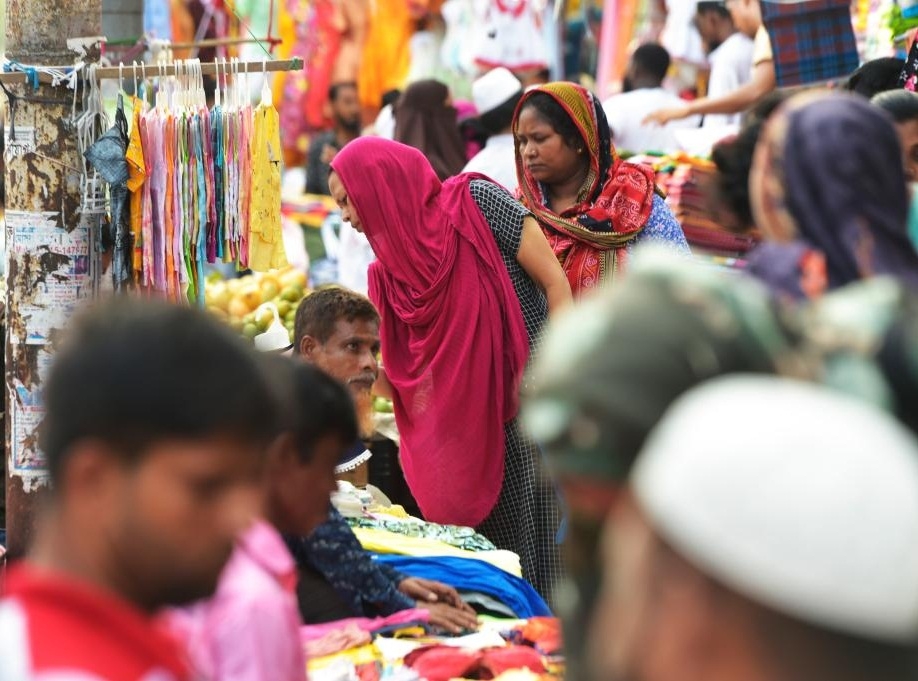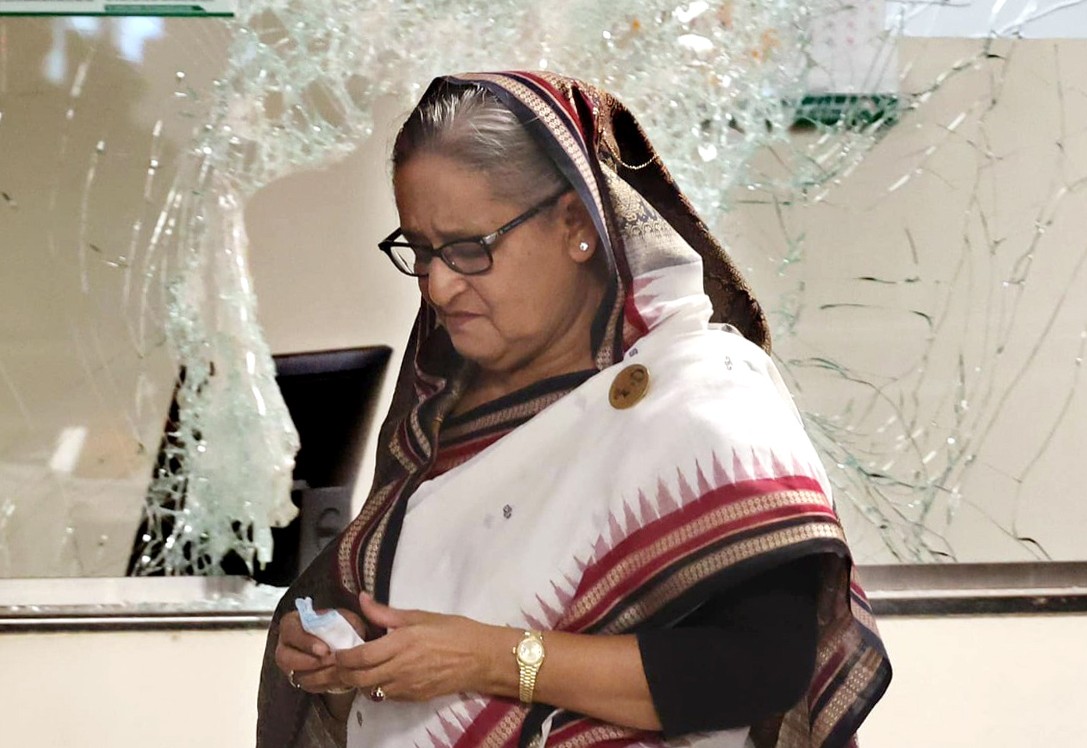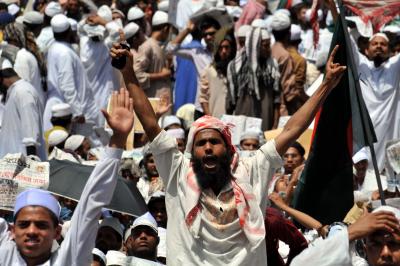According to the report, the life expectancy for men saw a small rise to 70.8 years in 2022 compared to 70.6 years in 2021…reports Asian Lite News
The average life expectancy reached 72.4 years in Bangladesh in 2022, the country’s national statistical agency revealed.
The figure is slightly up from 72.3 years in 2021, the Bangladesh Bureau of Statistics (BBS) said in its ‘Bangladesh Sample Vital Statistics 2022’ report, reports Xinhua news agency.
According to the report, the life expectancy for men saw a small rise to 70.8 years in 2022 compared to 70.6 years in 2021.
For women, it said the average life expectancy increased to 74.2 years in 2022, up from 74.1 years in 2021.
The country’s overall infant mortality rate, however, increased in 2022.
The mortality rate for children under five years of age increased from 28 per 1,000 in 2021 to 31 in 2022.
Additionally, the death rate of children under the age of one also witnessed a rise.
The report said that the Covid-19 pandemic wiped out some of the gains the country achieved in this area over the last decades.
Recently, global credit rating agency, Moody’s Investors Service had downgraded Bangladesh’s long-term issuer and senior unsecured ratings from Ba3 to B1 and reaffirmed short-term issuer ratings at “Not Prime”.
Moody’s disclosed the downgraded rating following a review initiated on December 9, 2022, Xinhua news agency reported.
“The rating outlook is stable,” the credit rating agency said.
Moody’s assessment read that Bangladesh’s heightened external vulnerability and liquidity risks were persistent, and together with institutional weaknesses uncovered during the ongoing crisis, the sovereign’s credit profile is consistent with a B1 rating.
Despite some easing, ongoing dollar scarcity and deterioration in foreign exchange reserves indicate continued pressures on Bangladesh’s external position, exacerbating import constraints and, as a result, energy shortages.
A low level of fiscal revenues relative to the size of the economy constrains the government’s policy choices and points to weaken debt affordability as higher interest payments result from the taka’s devaluation and short maturities for domestic debt.
Although Moody’s expects external financing to help alleviate pressures on the external and fiscal metrics, external buffers will remain weaker than before the pandemic and higher debt levels will weaken fiscal strength, particularly as Moody’s expects fiscal reforms will take years to materialize.
Bangladesh’s local currency (LC) and foreign currency (FC) ceilings have concurrently been lowered to Ba2 and B1 from Ba1 and Ba3, respectively.
The LC ceiling is placed two notches above the sovereign rating, reflecting weak predictability and reliability of government institutions and high external imbalances, which raise risks for the garment export sector’s contributions to government revenue, balanced by a relatively small government footprint.
The FC ceiling is placed two notches below the LC ceiling, reflecting low capital account openness, weak policy effectiveness, and some degree of unpredictability surrounding capital flow management, but also taking into account a low external indebtedness.














